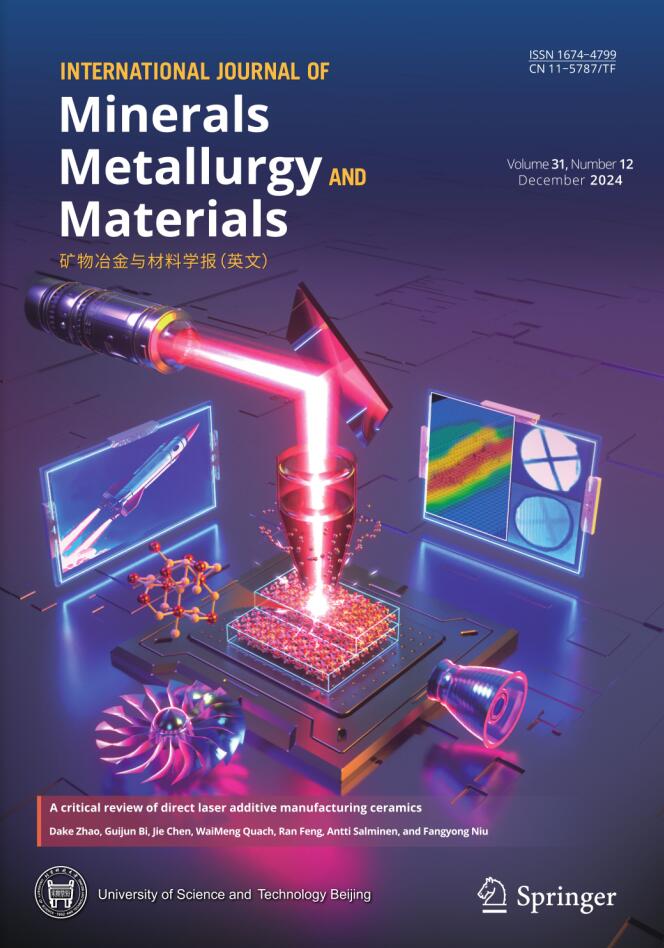Special Issue on Nanobubble Flotation
Guest Editors
Prof. Dr. Dongping Tao
School of Resources and Environmental Engineering,Shandong University of Technology Zibo, Shandong, 255049, China
E-mail: dptao@qq.com; daniel.dtao@gmail.com
Prof. Dr. Lijuan Zhang
Shanghai Synchrotron Radiation Facility, Shanghai Advanced Research Institute, Shanghai 201204, China
E-mail: zhanglijuan@zjlab.org.cn
Dr. Wei Xiao
School of Resources Engineering, Xi’an University of Architecture and Technology, Xi'an, Shaanxi 710055, China
E-mail: wei.xiao@xauat.edu.cn
Scope
Nanobubbles refer to tiny bubbles with sizes less than 1 mm. They have been widely used in mineral processing due to their unique properties such as super high stability, selective formation on hydrophobic surfaces, high concentration in bulk solution, large specific surface area, etc. Nanobubble flotation can realize the separation of hard-to-separate fine particles and ultrafine particles, improve mineralization rate, significantly improve flotation recovery and concentrate grade, greatly simplify beneficiation process, reduce equipment investment, and reduce maintenance and operation costs. Compared with the traditional flotation technology, which has the defects of low collision probability between fine particles and bubbles, low adhesion probability between coarse particles and bubbles and high detachment probability, the nanobubble flotation process can effectively solve the flotation problem of coarse and fine particles and break the technical bottleneck of difficult tailings recovery. In addition, the application and research of nanobubbles can also be extended to water treatment, hydrogen energy storage, agriculture and aquaculture, targeted drug delivery, medical care and other fields, and is expected to promote the cross development of resources, environment, energy, chemical industry, agriculture, biology, medicine, and other disciplines.
This special issue emphasizes but is not limited to the following topics:
(1) Basic theoretical research on nanobubbles;
(2) Advanced measurement and characterization technology of nanobubbles;
(3) Efficient nanobubble generation method and process;
(4) Nanobubble flotation theory and application;
(5) The interaction between nanobubbles and particles;
(6) Industrial application of nanobubbles in mineral flotation;
(7) Influence of flotation slurry conditions on properties of nanobubbles;
(8) Application of nanobubbles in other related fields.
-
Surface nanobubbles on the hydrophobic surface and their implication to flotation
2022, vol. 29, no. 8, pp. 1493-1501. doi: 10.1007/s12613-021-2279-1
-
Flotation kinetics performance of different coal size fractions with nanobubbles
2022, vol. 29, no. 8, pp. 1502-1510. doi: 10.1007/s12613-021-2280-8



 Search
Search
 Submit Manuscript
Submit Manuscript E-mail alert
E-mail alert RSS
RSS

